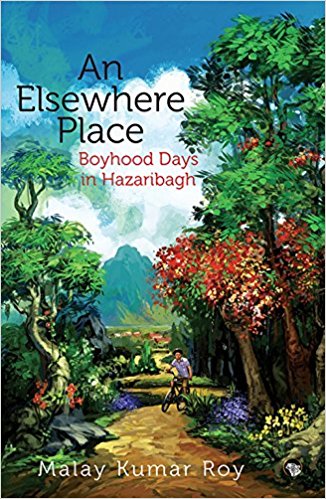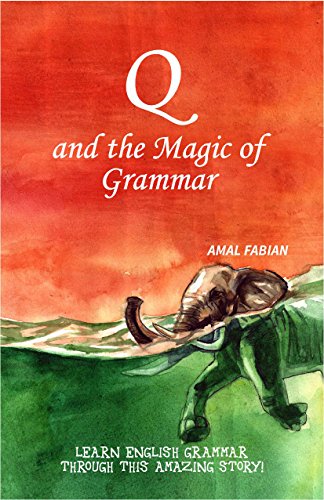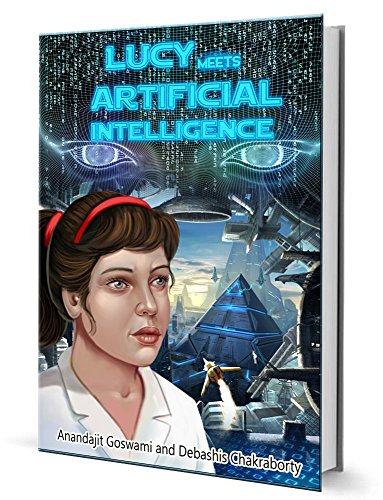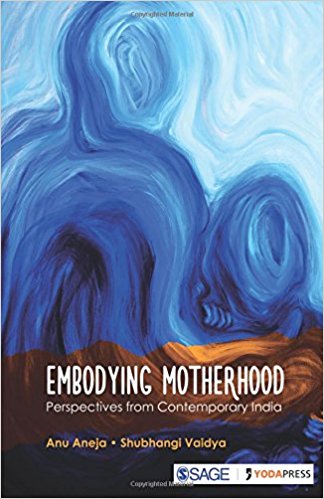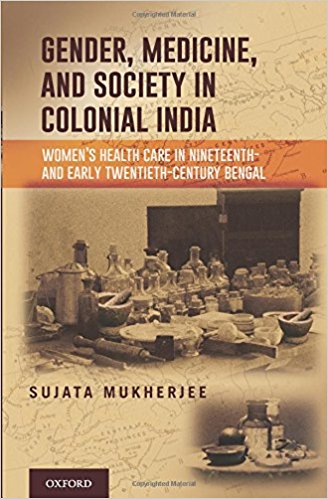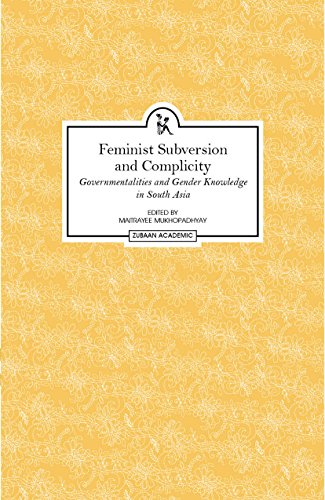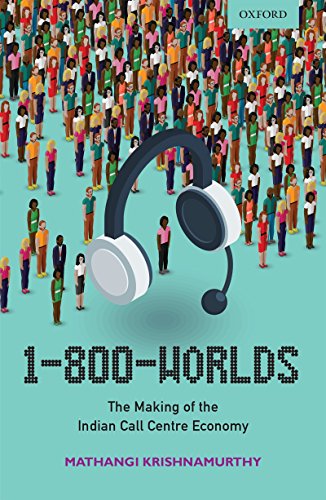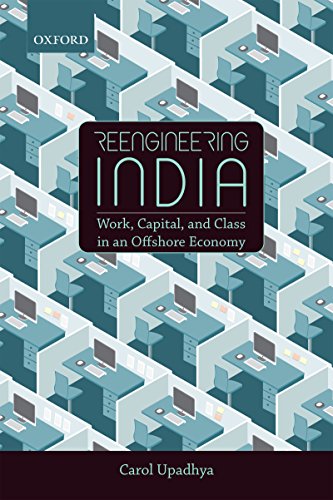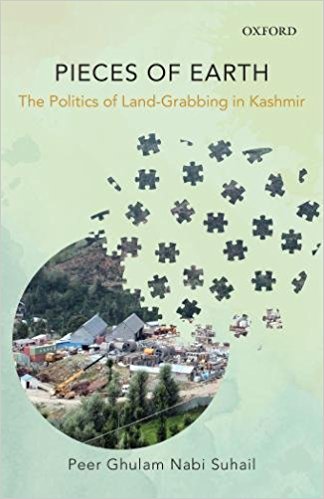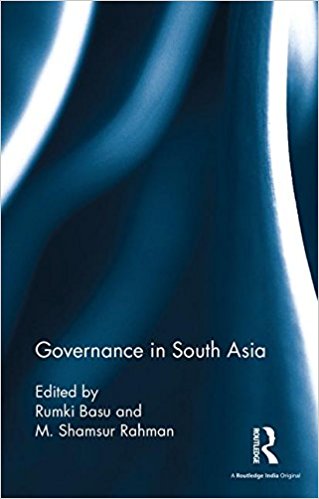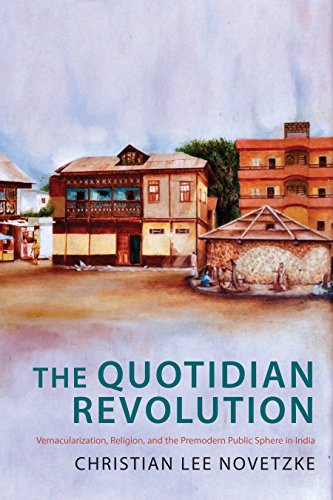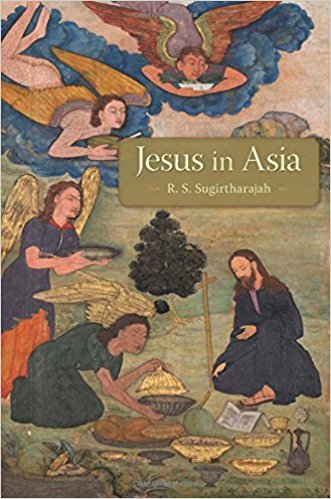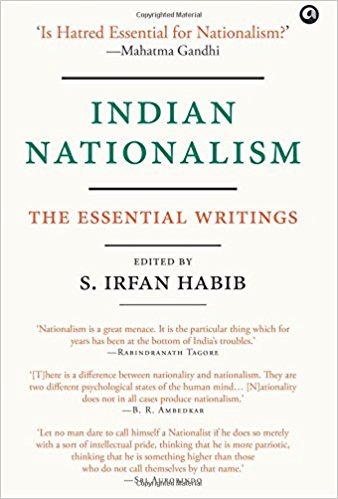Childhood days are generally remembered with nostalgia for the moments of fun, adventure and friendship of a magical past. It is a time of love and laughter, of shared secrets and friendly quarrels, and of the snug reading of books alternating with the boisterous playing of games. All this and more is brought back to the reader through the pages of the book, An Elsewhere Place: Boyhood Days in Hazaribagh.
Archives
May 2018 . VOLUME 42, NUMBER 5This is quite unbelievable—a full length book on grammar in this age of abbreviated texting—SMS, Messenger, WhatsApp and the like, when grammar and punctuation are fast becoming obsolete! Indeed, books today are being consciously written without punctuation, and in a mishmash of languages like Hinglish a la Radio Mirchi style, for all age groups.
Lucy Meets AI is the sequel to the book entitled Lucy and the Train: Tryst with Sustainability* authored by Anandajit Goswami and narrates the second adventure of Lucy. This stand-alone volume is really a wonderful yet learning read for the booklovers, irrespective of their chance to flip through the earlier adventure of Lucy, described in the earlier volume.
Kanwaljit Deol’s novel, The Year of the Hawks, grabs you by the throat and draws you panting into the lives of two adolescents engaged in the charming competition of who can touch his nose with his tongue and other such now forgotten pastimes of youth, unaware of the murky goings on in their village in the dead of night. Then they spot a dead body and report it to the police.
Despite our efforts to help him, Oliver’s anxiety at being left alone only increased in the years he lived with us. His storm phobia reduced him to a shaking, inconsolable mess, and it took him hours, sometimes days to recover’. A concerned relative or friend could have said this about a person suffering from an anxiety disorder or extreme depression.
With 1.1 million schools, 143 million students and 4.9 million teachers, the government school system in India is one of the largest and most complex public systems across the world. The past three decades have seen an exponential rise in the number of schools and enrolment due to various government initiatives.
The enigma around motherhood has produced much interest among feminist scholars who have highlighted social construction of the same. The two books under review, carry forward the feminist tradition with a specific focus on the Indian context.
The troubled, indeed fraught, position of women in India had informed arange of nationalist debates in the nineteenth century, from the age of consent, to sati. Practices such as widow immolation and child marriage were evidence to the British that they did indeed have a civilizing mission among barbaric, tradition-obsessed natives.
Professor Vina Majumdar, one of the grande dames of Indian feminism, was fond of telling the story of the South African MP who visited India in the late eighties. ‘Why do you need a women’s movement when your bureaucrats and you are saying the same things!’ was her tongue-in-cheek comment after a meeting with the Planning Commission.
Call Centres’ entered the Indian market in the late 90s, and since then have been an intriguing space for researchers, considering their crucial position as a conduit of ‘communicative capitalism’. Their success was instant and monumental¬—a quick glimpse into the numbers, in terms of export revenue brought by the Information Technology enable Service (ITeS) industry ($8.4 billion in 2006-7), as well as growth rate and employment (growth rate of 33.5% pa and employment provided to nearly half a million), gives us an estimate of their puissant presence in the Indian market.
The Indian software industry that flourished since the 1990s was central to the effervescent nationalist enthusiasm about the ‘new India’ in the making in the post-liberalization era. Now, we seemingly witness the waning of the industry, and hence it offers a great opportunity for social scientists to examine the Indian ‘software boom’ in its manifold hues. Carol Upadhya provides the readers with a nuanced exploration of the industry through her ethnographically dense analysis in Reengineering India.
One of the protracted conflicts of present times, involving three nuclear powered states, is in the disputed region of Jammu and Kashmir. Both India and Pakistan claim it as part of their larger territorial ambitions and national imaginations. Thus the national projects that assume the task of incorporating the territory do not only rely on explicit political aspects but other subtle, more ideologically driven, aspects negotiate such projects.
As a new imagery South Asia straddles the two competing conceptions of her own particularity, one as an invented abstraction, perhaps more theoretical and nomothetic, and the other as an existing reality, quite empirical and ideographic. As an abstraction it seamlessly weaves herself into a Wallersteinian classic of ‘sub-periphery’ situated in the global to catch up with the core, and as a concrete reality assiduously struggling to experiment the democratic project by some sort of venial state and a truncated civil society.
The Quotidian Revolution is an effort at delineating and illuminating the moment in Indian history when literary writings became manifest in vernacular languages. The book addresses the particular case of the literarization of Marathi in the thirteenth century.
2018
Jesus in Asia is a significant contribution from an Asian perspective to Christology, the author being a Professor of Biblical Hermeneutics in the University of Birmingham. It comes as a corrective intervention in the cultural adaptation and appropriation of Jesus of Nazareth by western academic theologians. The genius of the West to freeboot on the treasures of Asia was aided and abetted by the advantages of colonialism.
Indian Nationalism: The Essential Writings edited by S Irfan Habib is a timely intervention in the cantankerous debate on nationalism that has been raging unabated in the country for some time, especially since the Modi regime came to power in Delhi.

